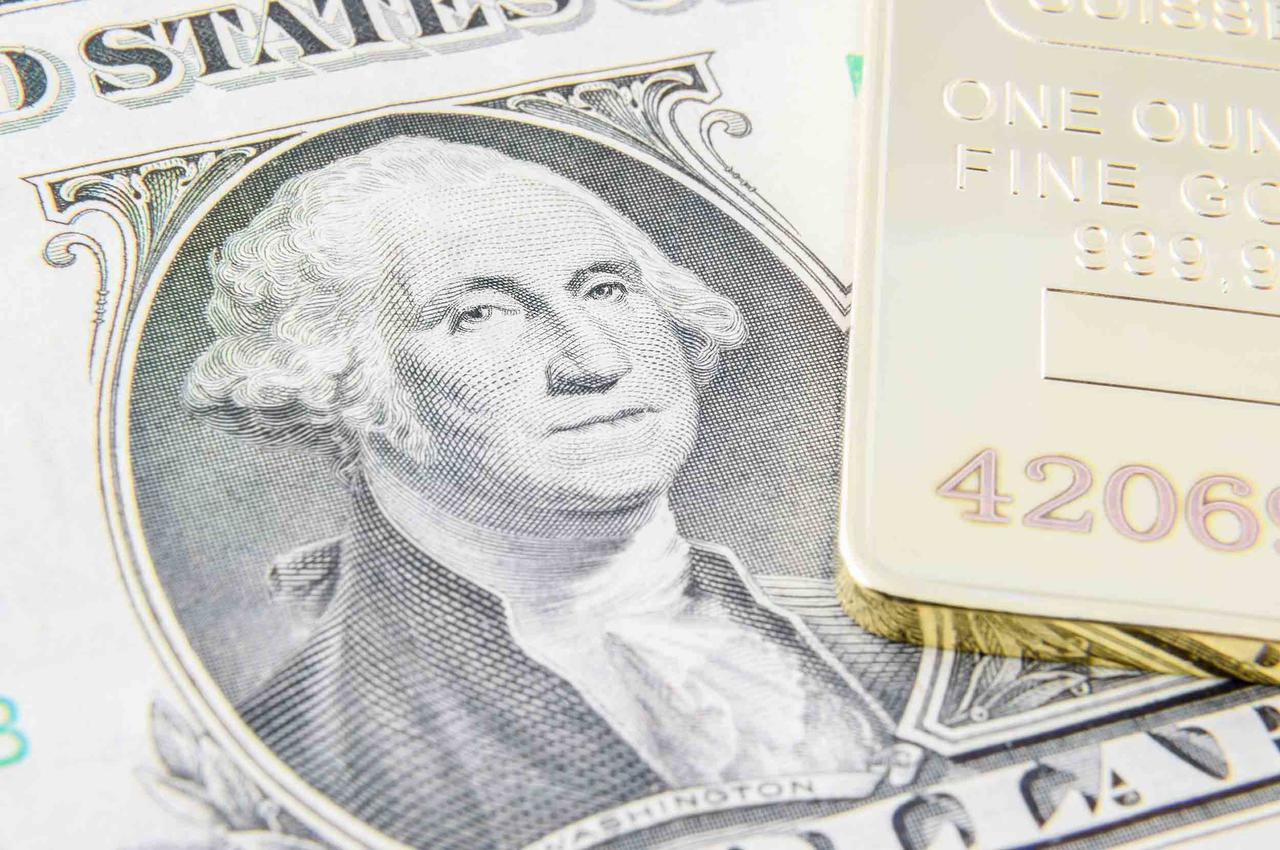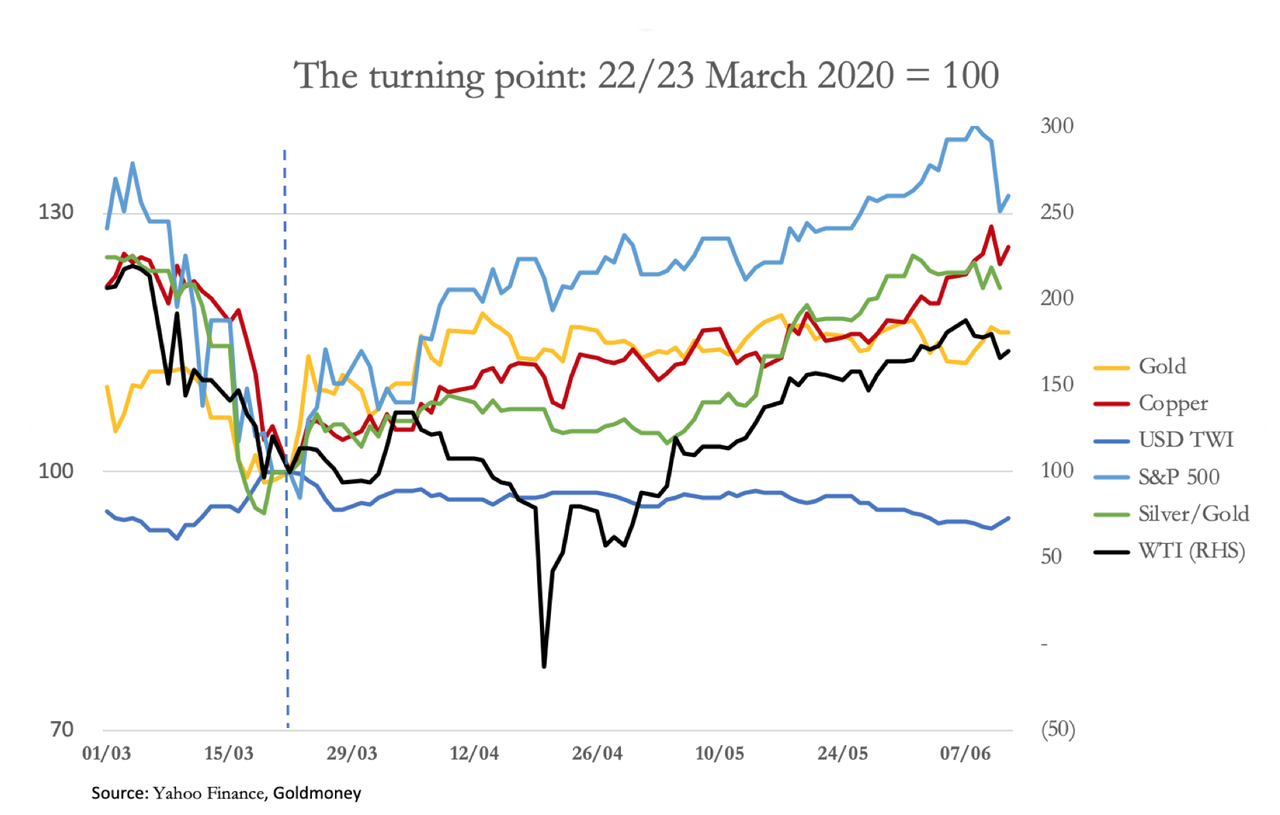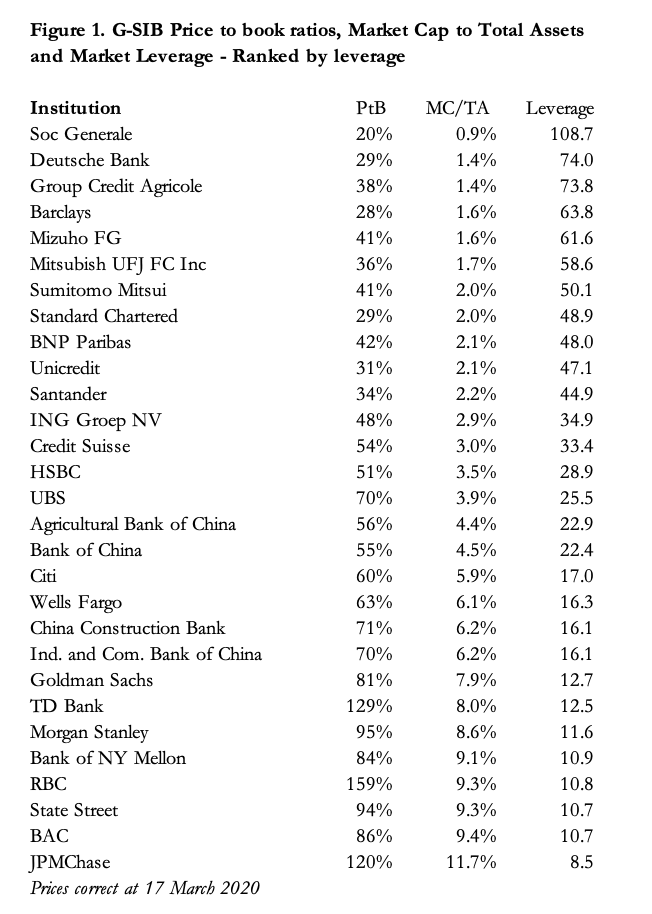Everything looks like it is falling apart, right?
Wrong.
It is meant to look like that.
They want you to make emotion-driven moves that will help them win.
Don’t - get woke!
Wrong.
It is meant to look like that.
They want you to make emotion-driven moves that will help them win.
Don’t - get woke!
Pulling down statues in leftist cities that refuse to maintain order is an attempt to psyche you into thinking everything is out of control.
It’s not.
A cpuple hundred people in Frisco? The local cops were ordered to let it happen.
Same with DC.
What is this. 3/
So you think “Why isn’t Trump doing something?”
But it’s a few hundred bums out of 330 million.
And local cities could turn it off in a heartbeat - but refuse to.
Why?
To convince you, the law and order types, that Trump is allowing mass chaos.
But it’s not mass by any standard.
Nor is it chaos, side the local Democrats are actively facilitating tit and making sure no one is actually getting hurt (except dummies that the statues fall on)
But it’s not mass by any standard.
Nor is it chaos, side the local Democrats are actively facilitating tit and making sure no one is actually getting hurt (except dummies that the statues fall on)
What would you have Trump do?
Have him do a dirty, violent job the locals refuse to?
Send soldiers in and risk real violence - which plays against him?
It’s infuriating - and it’s meant to be - but Trump’s right not to take the bait. 6/
The answer is to let the left cities have their performance art fun.
Let them trash themselves.
Understand how it’s meant to manipulate you.
If the leave Dem areas, unleash the local cops.
Do not do what the enemy wants!
Let them trash themselves.
Understand how it’s meant to manipulate you.
If the leave Dem areas, unleash the local cops.
Do not do what the enemy wants!
Be woke to the enemy’s game plan.
Support the President.
Do not be suckered - he isn’t!
Watch him use the DoJ!
Buy guns and ammunition for legitimate deterrence & lawful self-defense.
Vote GOP down the line - better yet, campaign!
Here’s a longer discussion of this transparent info operation.
I know it feels like we are losing right now.
We are not.
They want you mad.
Don’t let your emotions control you.
We will win - if we are woke.
[Thanks for the attention the thread has received]
Ask yourself - have you heard the name “George Floyd” lately, especially in connection with the couple of Dem cities where statues were pulled?
Nope.
Floyd was their cover. It’s gone. And normal people hate pointless chaos 10/
Ask yourself - have you heard the name “George Floyd” lately, especially in connection with the couple of Dem cities where statues were pulled?
Nope.
Floyd was their cover. It’s gone. And normal people hate pointless chaos 10/
It went from protests people did not think were illegitimate (which the bad actors exploited) to violence with no arguably legitimate cause.
The Dems try to exploit the Antifa types as stormtroopers but their control of the radicals is limited 11/
The Dems try to exploit the Antifa types as stormtroopers but their control of the radicals is limited 11/
Remember, Democrats really only want a return to the status quo (minus us normal people having rights and the ability to again disrupt the status quo).
But their radical cat’s paws want revolution.
The Dems are riding a tiger.
But their radical cat’s paws want revolution.
The Dems are riding a tiger.
The radicals are over their skis past what normal people consider legitimate protests.
Dems are content with the chaos for now, since it causes us to think Trump is out of control, but they worry the radicals will tire of meaningless Dem city antics and threaten the suburbs.
The second those whiny white wine women feel themselves or their families physically or economically threatened, they will turn to the strong horse - Trump, and law + order.
Biden is a hapless tool who can’t/won’t protect them.
Their husbands are already there.
Trump’s Game Plan:
1 Indentify himself with law + order
Avoid using federal force that can turn into Kent State 2 (the Dem dream)
Use the DOJ to prosecute & deter the radicals who were happy to riot knowing Dem prosecutors would give them a pass
Let them overstep
1 Indentify himself with law + order
Avoid using federal force that can turn into Kent State 2 (the Dem dream)
Use the DOJ to prosecute & deter the radicals who were happy to riot knowing Dem prosecutors would give them a pass
Let them overstep
The Dems win if we panic and capitulate before their radical partners radically overstep.
And being radical is what radicals do.
Don’t panic.
Don’t let the media - which is all in with the left - manipulate you.
Get prepared and get woke.
Want a quick sanity check?
Look out your window.
Unless you overlook Golden Gate Park in Scat Francisco, the Atlanta Wendy’s or that DC square, there’s no chaos outside.
It’s all a show designed to scare you away from Trump and into the gropey embrace of Puppet Joe!















